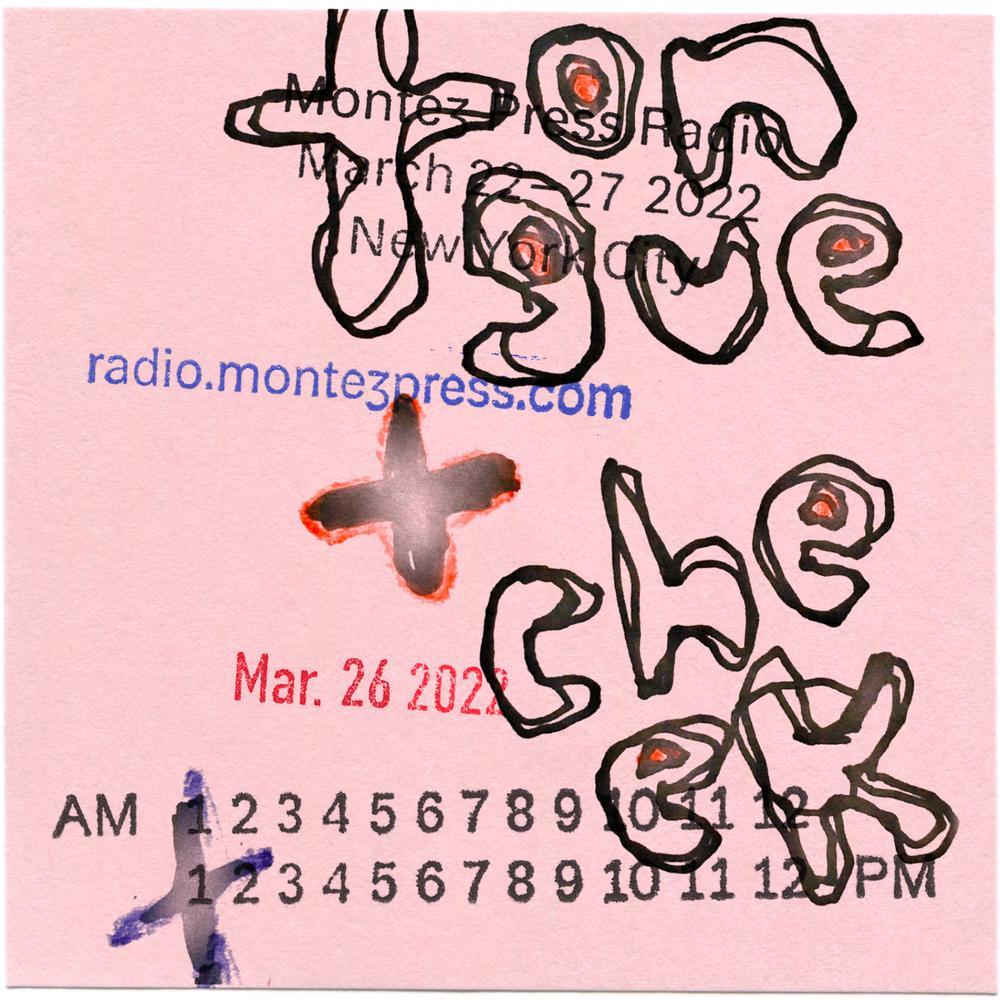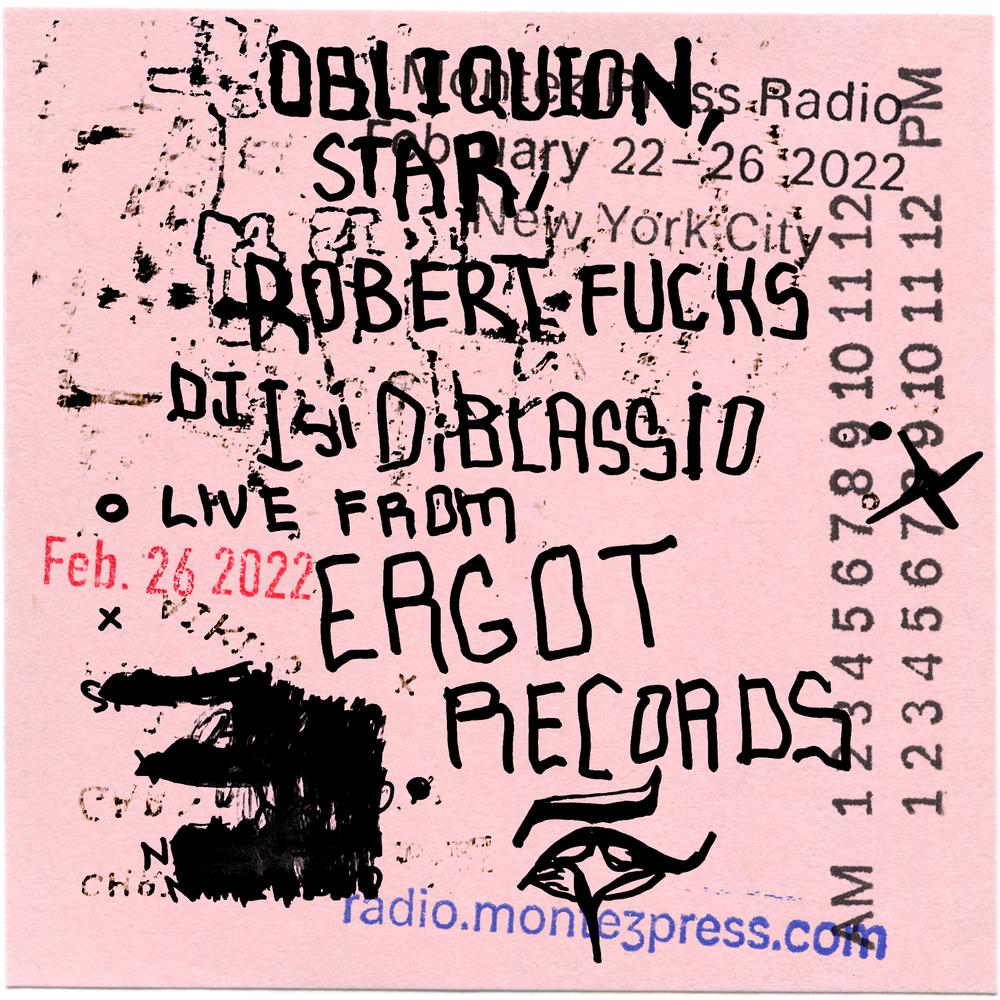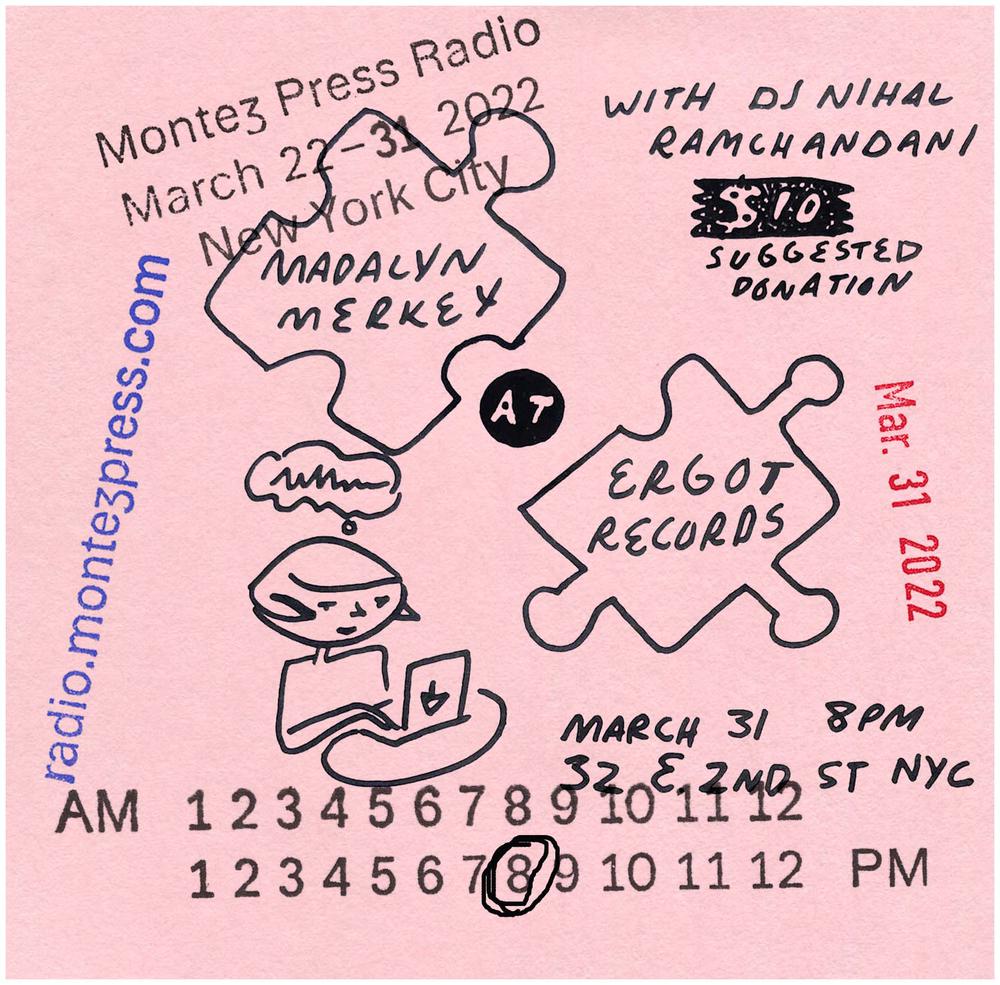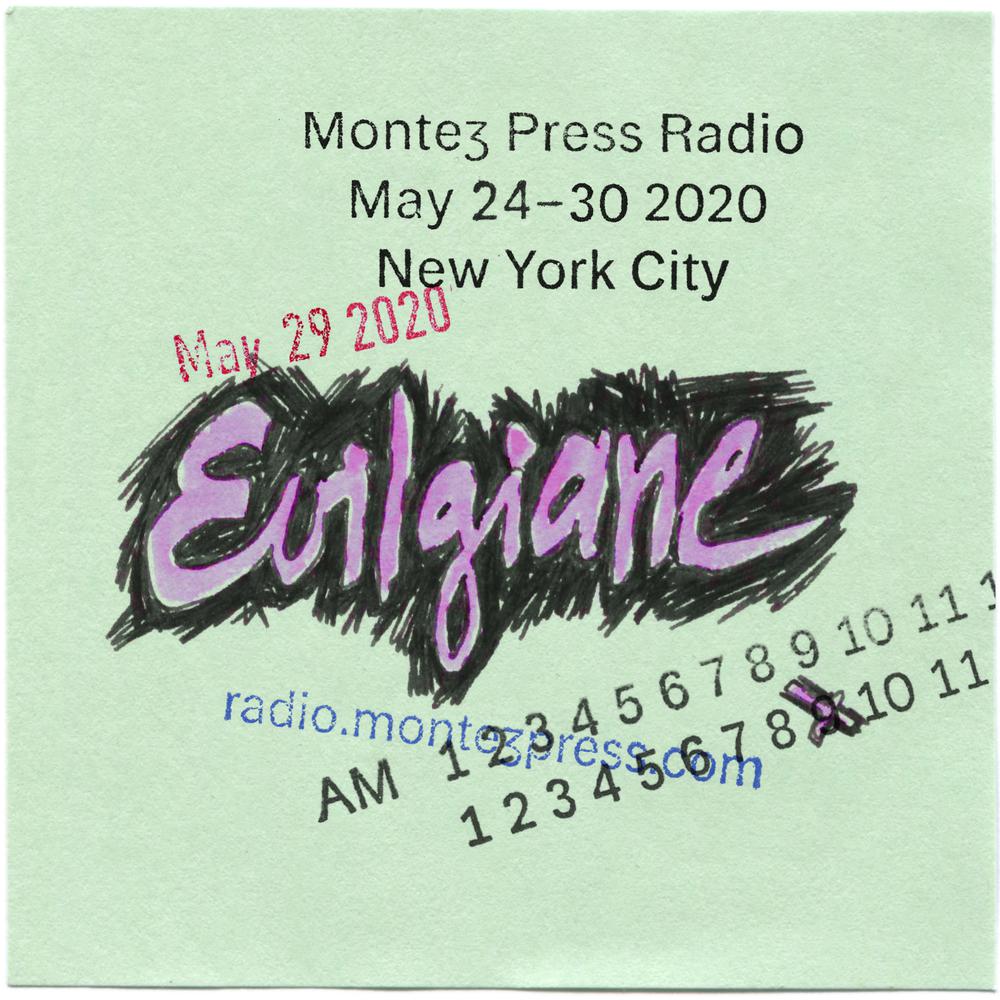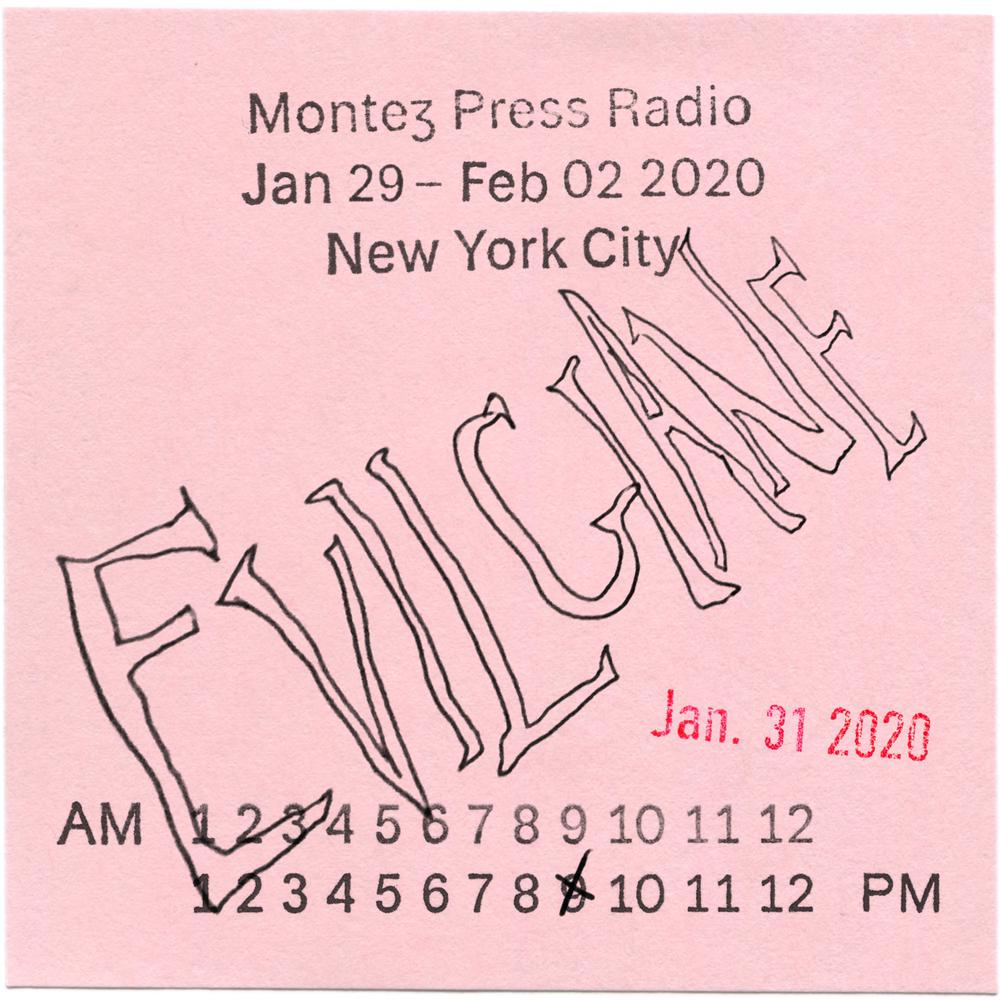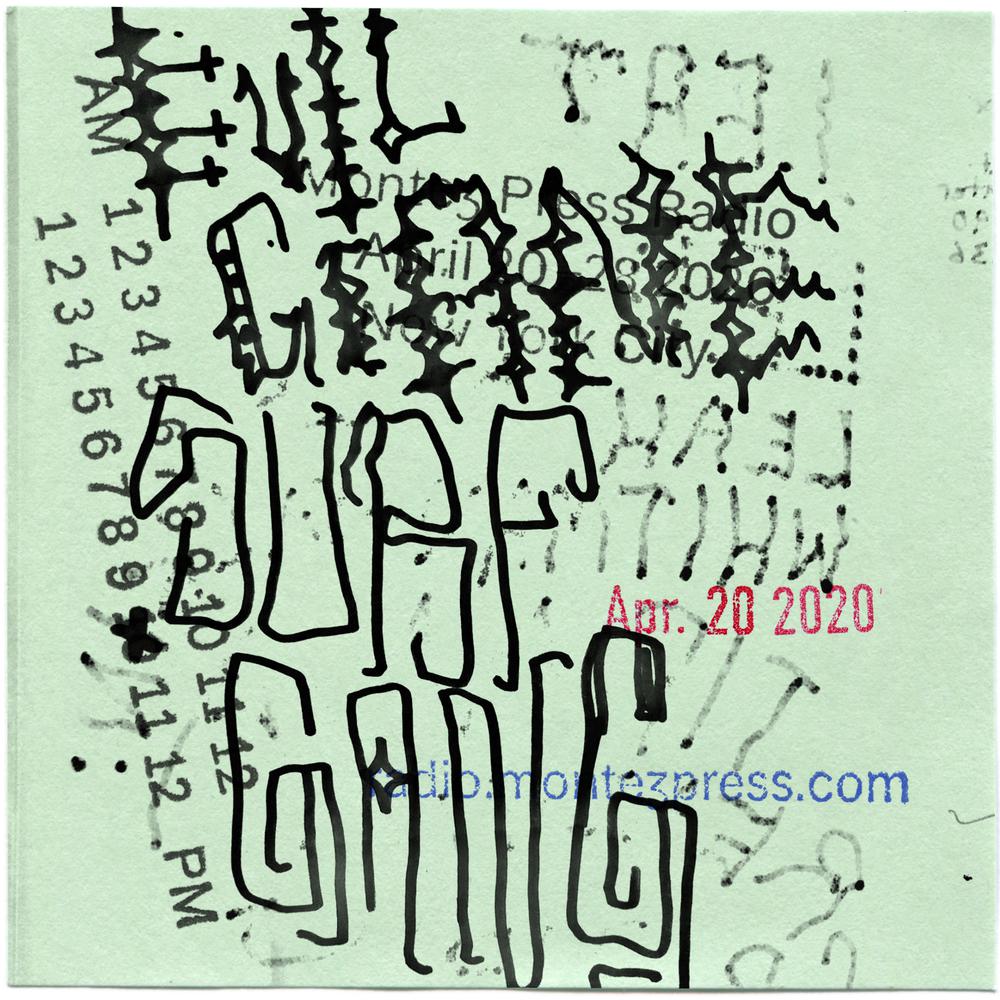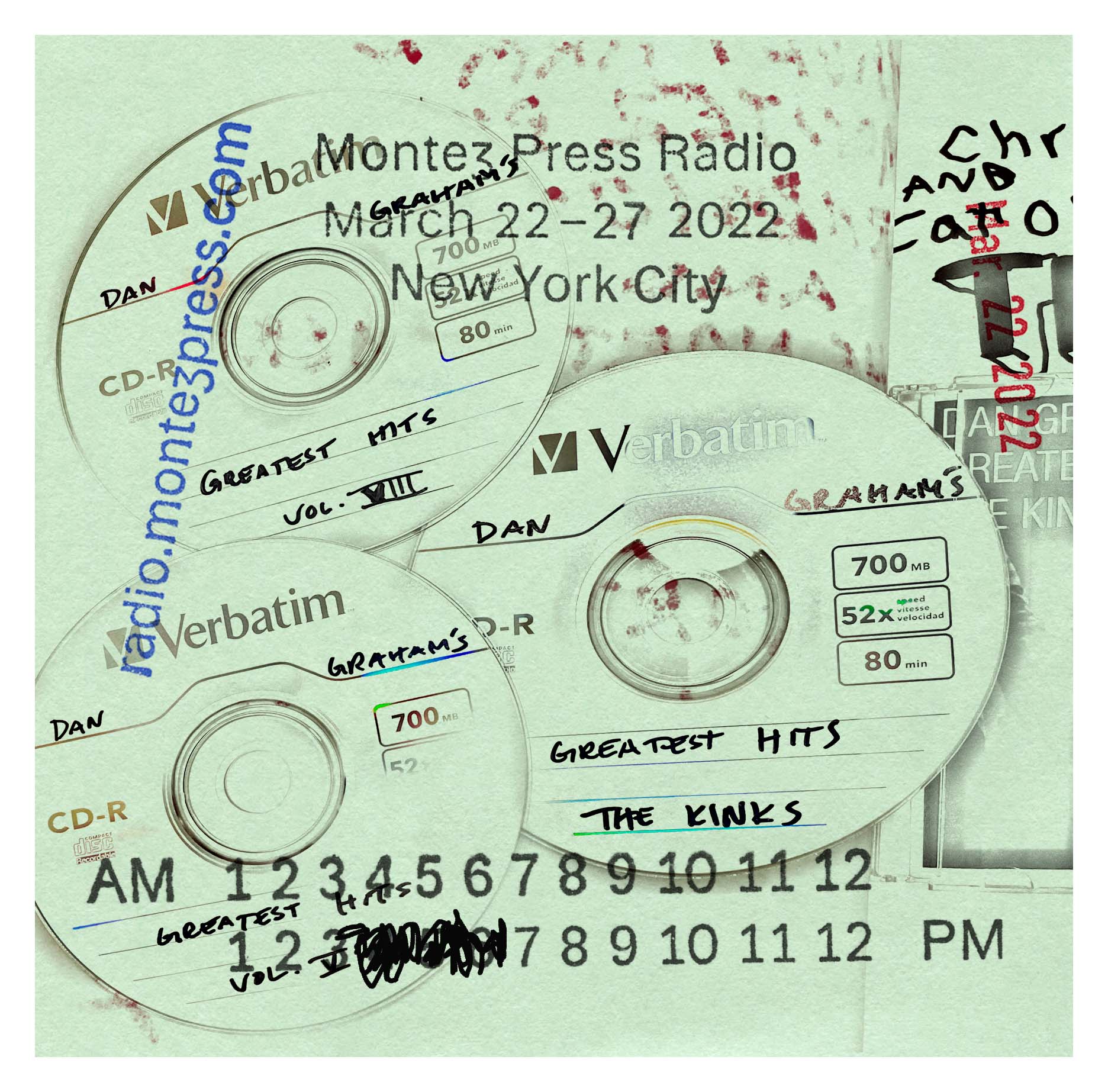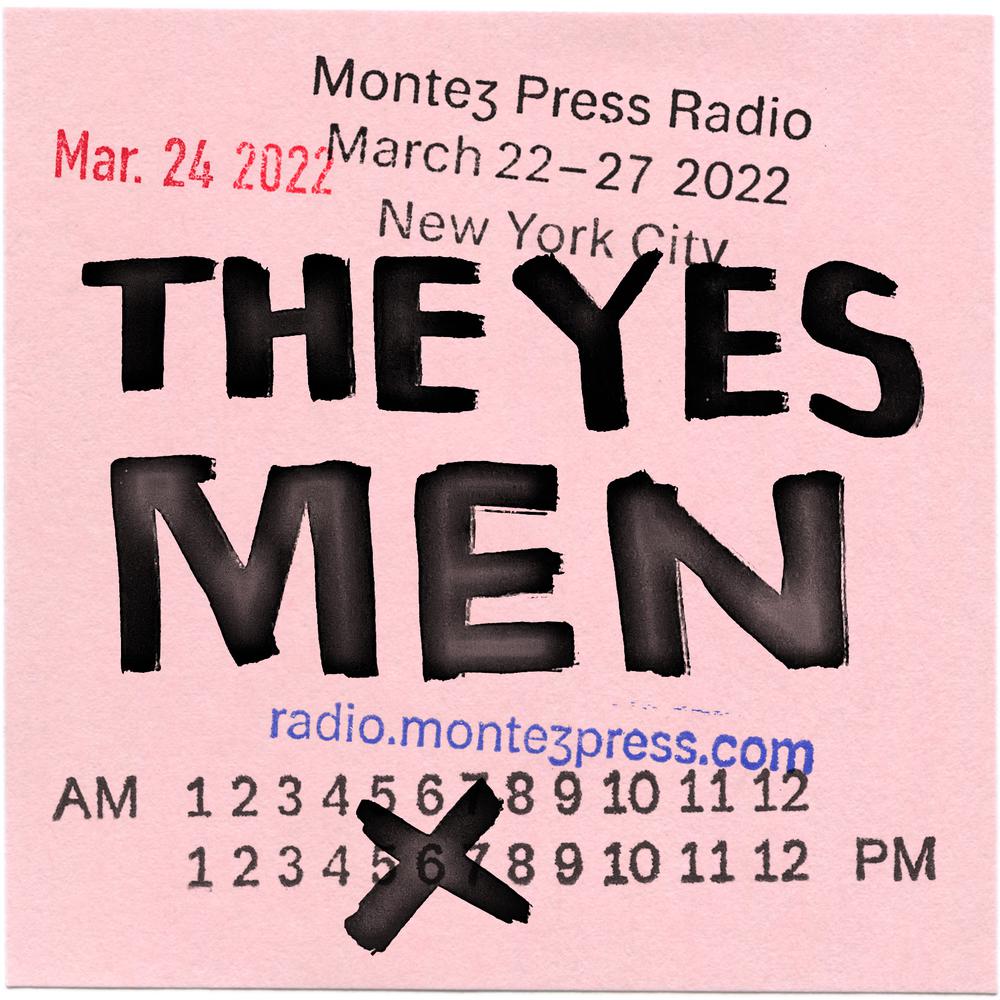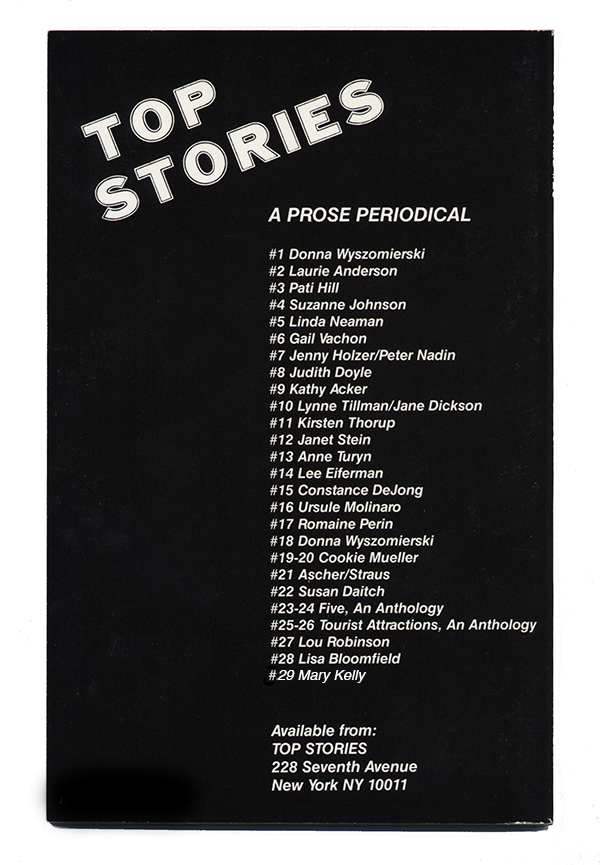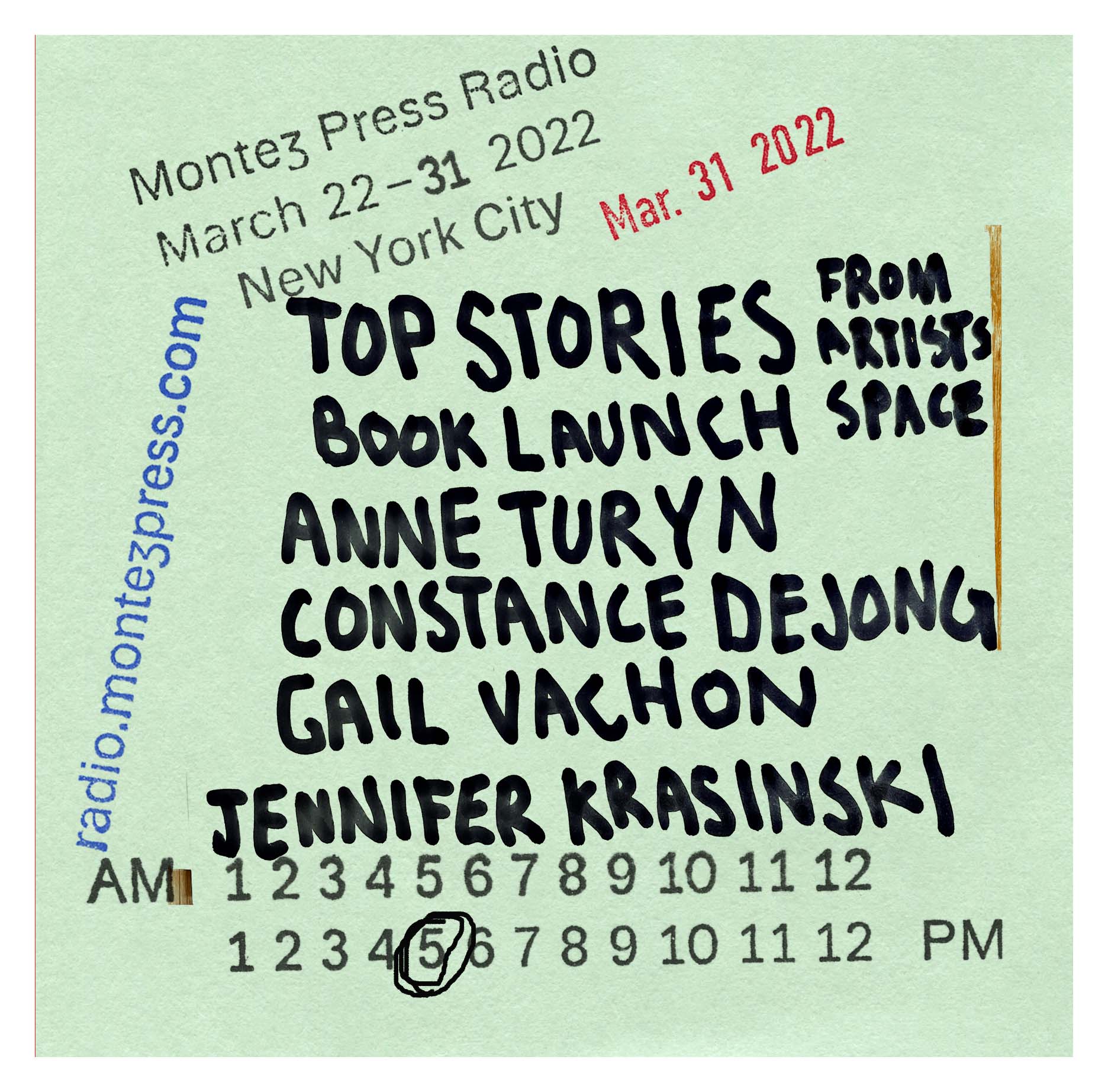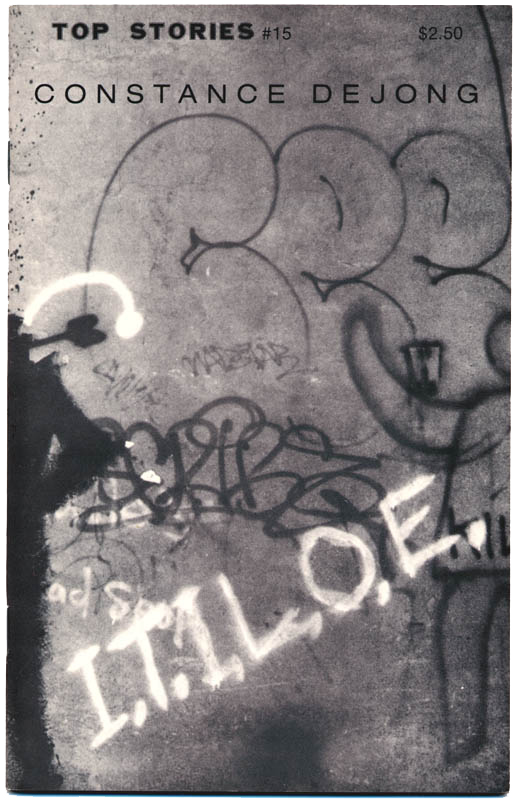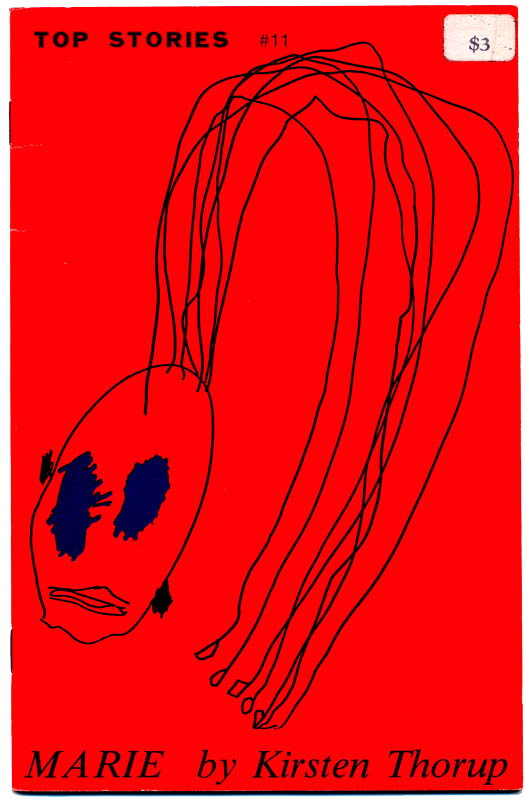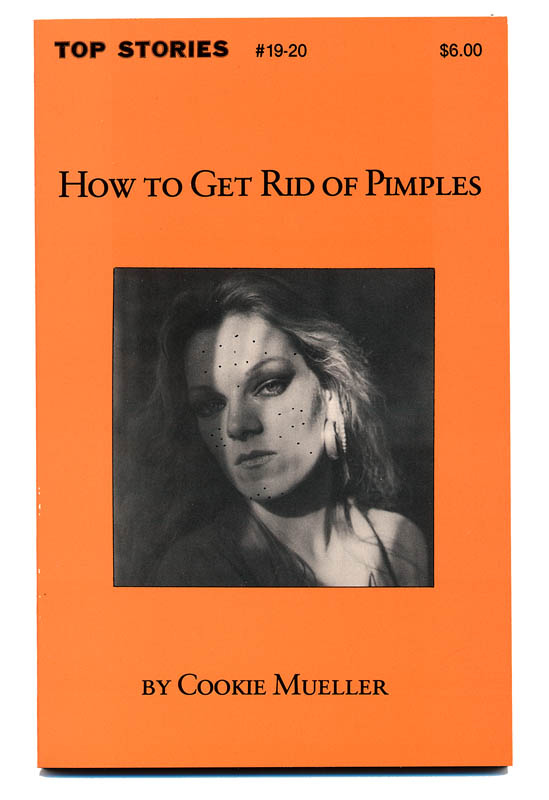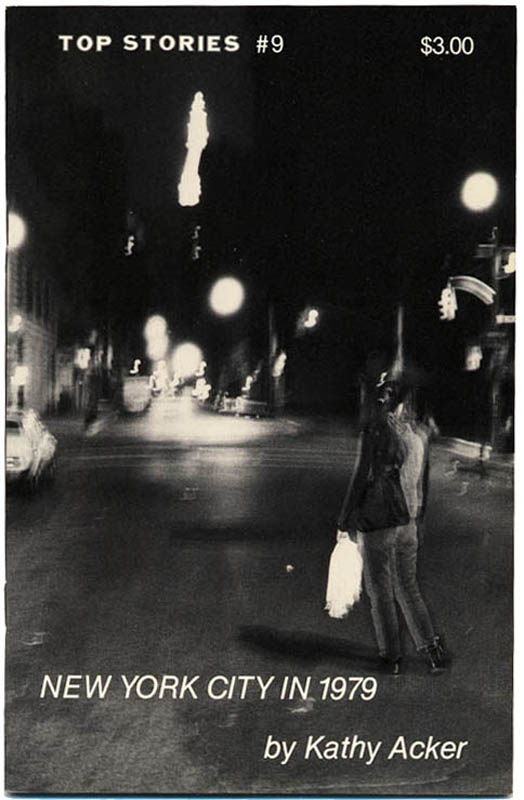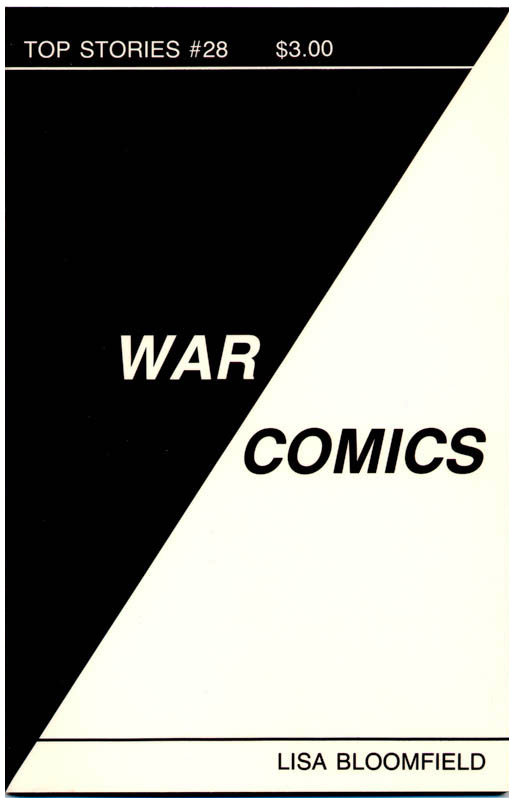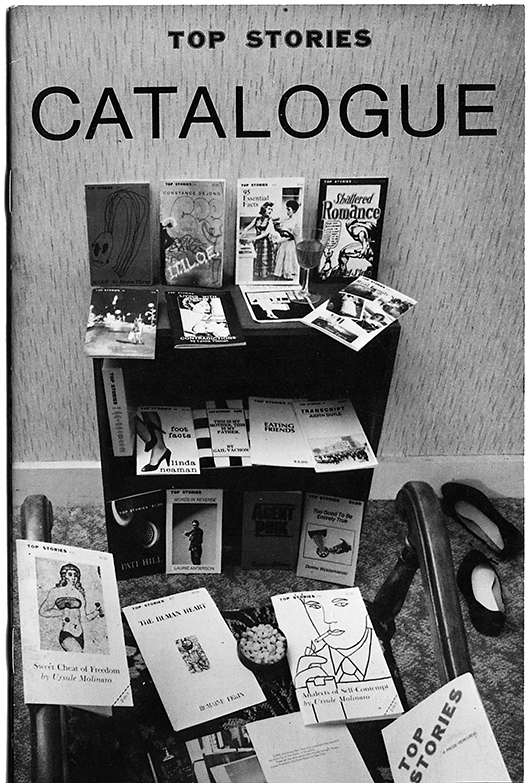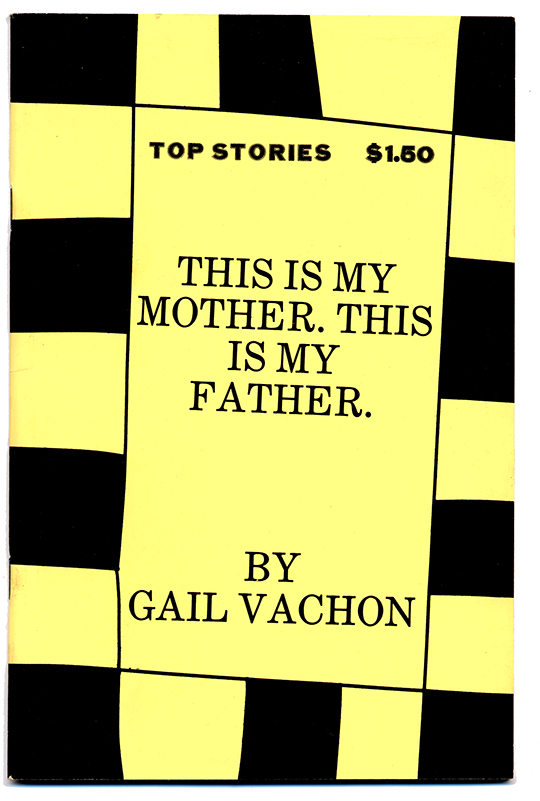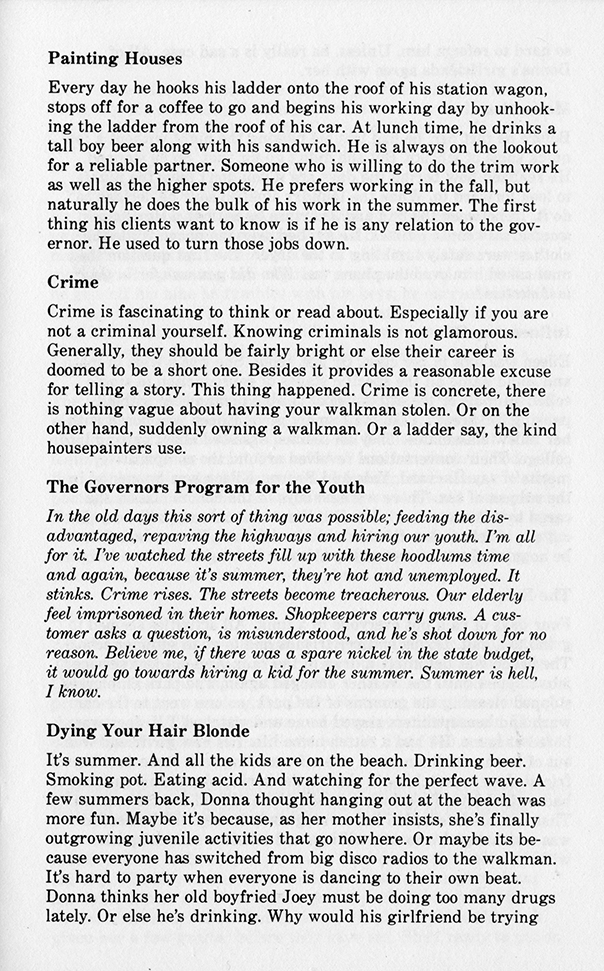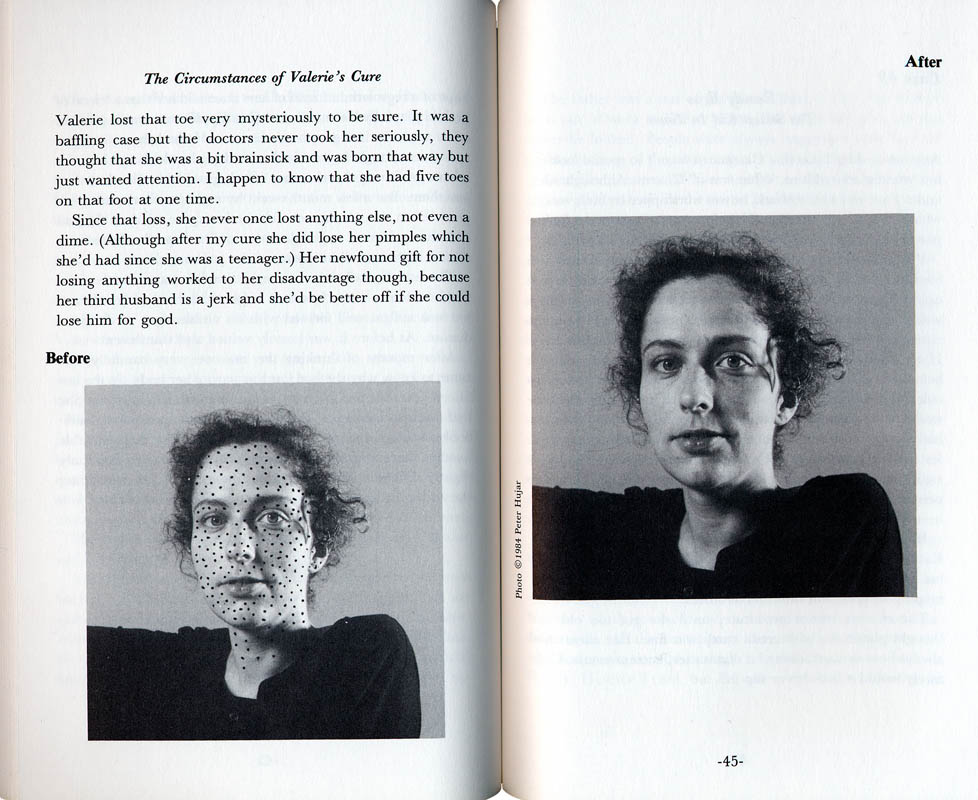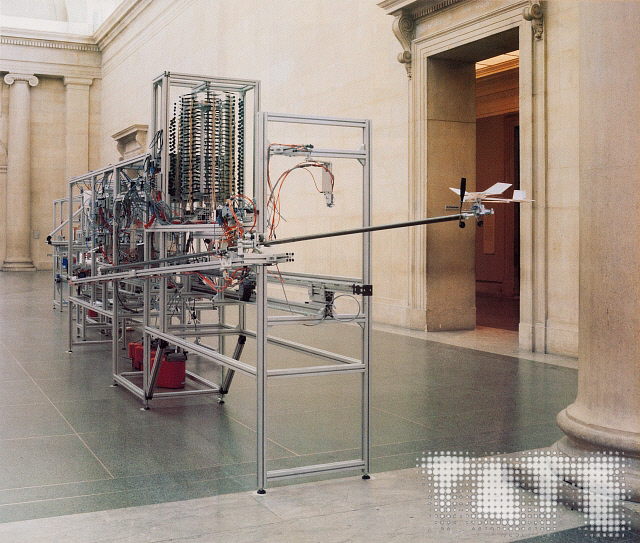Wednesday, May 4, 2022 by DJ Uncertain
мир from Emma McCormick-Goodhart
Emma McCormick-Goodhart does a deep dive into the sounds of Carpathian Ukraine with guest, Yael Strom.
Listen to the full segment ➚here:
More links from Emma:
-> A ➚new podcast series from Masha Udensiva-Brenner at Columbia University's Harriman Institute. It's called Voices of Ukraine and it tells stories of folks whose lives have been upended by the war.
-> ➚Maria Sonevytsky's work and her recent ➚Understanding the War on Ukraine Through Its Musical Culture, and older ➚Wild Music: Ethnic Intimacy, Auto-Exoticism, and Infrastructural Activism.
-> For mixed language practices ("surzhyk") and politic: Laada Bilaniuk's ➚Contested Tongues.
-> ➚Here, also, is Yevgenia Belorusets' daily War Diary, copublished by friends' imprint ➚isolarii.
-> tracks from ➚The Polyphony Project archive around Yale Strom's choices
-> ➚New Yorker dispatch on Ukraine's Kraina FM that decamped to the mountains.
Wednesday, April 6, 2022 by DJ Uncertain
Ergot live
Wednesday, April 6, 2022 by DJ Uncertain
EVILGIANE EP 2022
Wednesday, April 6, 2022 by bless ed
Dan Graham's Greatest Hits Mix CDs Vol. V, Vol. VII
Dan Graham identified himself as a writer more than as an artist but sometimes added that his real passion was rock music. Tom read that and asked Adrian if he had any relevant records. Adrian brought up ➚The Static (The No Wave band Dan formed with Glenn Branca, Barbara Ess, and Christine Hahn in 1978) but also that Quintessa had all these mix CDs of rock music Dan would make and give friends who visited his studio. Tom got her email via Valerie to see if he could hear some of the CDs but never heard back. It turned out Anna had a bunch of the mix CDs at Thea's office, which she graciously dropped off in broken jewel cases with inkjet-printed pictures of Dan Graham and Sharpie'd titles. When asked if she knew much more about the CDs, Anna said she wasn't feeling well but suggested some names of people who might have been close to Dan--unfortunately, Tom didn't recognize anyone and he didn't want to bother them. Tom never met Dan Graham but always felt a closeness to his work, even considering it formative to the way he looked at art and culture. Playing these reminded him of something else though, that a good mix for good friends can bring faraway people closer, like they're right there listening along with us. Even if you didn't know Dan or Tom or Anna, you've probably heard some of these songs, or at least you know what it's like to look for that perfect song to share with someone on your mind. Sharing mixes is a ritual Tom hopes will never die.
Wednesday, April 6, 2022 by DJ Uncertain #justice
The Yes Men and Peter Scott (Carriage Trade)
Jacques Servin or Andy Bichlbaum or Jude Finisterra or ➚Vladislav Surkov talks to Peter Scott about ➚The Yes Men show at Carriage Trade, if he ever considered the Yes Men 'art', a dog up for adoption, Sacha Baron Cohen, ACT Up, the current state of media and political ambivalence, and more. This guy giggles a lot for someone who keeps such a straight face on camera.
Listen on➚ MPR -->
Wednesday, April 6, 2022 by DJ Uncertain
Top Stories, A Prose Periodical, Book Launch with Constance DeJong, Anne Turyn, Gail Vachon, Moderated by Jennifer Krasinski
Top Stories was a prose periodical published from 1978 to 1991 by the artist Anne Turyn in Buffalo, New York, and New York City. Over the course of twenty-nine issues, it served as a pivotal platform for experimental fiction and art through single-artist issues and two anthologies. Primary Information presents a newly published anthology, collecting the entire run of Top Stories across two volumes.
Top Stories primarily featured female artists, though in Turyn’s words a few men “crept in as collaborators.” Although primarily “a prose periodical” (as its byline often stated), the issues varied in form and aesthetics, pushing the boundaries of what prose could be and, from time to time, escaping the genre altogether.
Top Stories’ editor Anne Turyn and contributing artists Constance DeJong and Gail Vachon read from their titles, in conversation with writer and critic Jennifer Krasinski, at Artists Space, New York.
More from ➚Anne Turyn
From ➚Primary Information
Listen on MPR ➚here -->
More in the MPR archive from Constance DeJong, with ➚James Hoff on Tony Conrad, and on ➚Modern Love.
Tuesday, April 5, 2022 by Stacy Skolnik
Airplane mode
A few shows from an RV we drove to LA in 2019
➚V. Vale of RE/Search and Ewa Wojciak of YES PRESS/NO MAGAZINE: Stay the Course
➚Elliot Reed: Lab Test with Uninvited Guests
➚Douglas Kearney: OverDeluxe AF
just to name a few. Most of those folks have ended up contributing additional segments in the several years between now and then so search their names in the archive for more.
image: Installation photograph of Chris Burden's 'When Robots Rule: The Two-Minute Airplane Factory', Tate Gallery, Duveen Gallery, 1999
